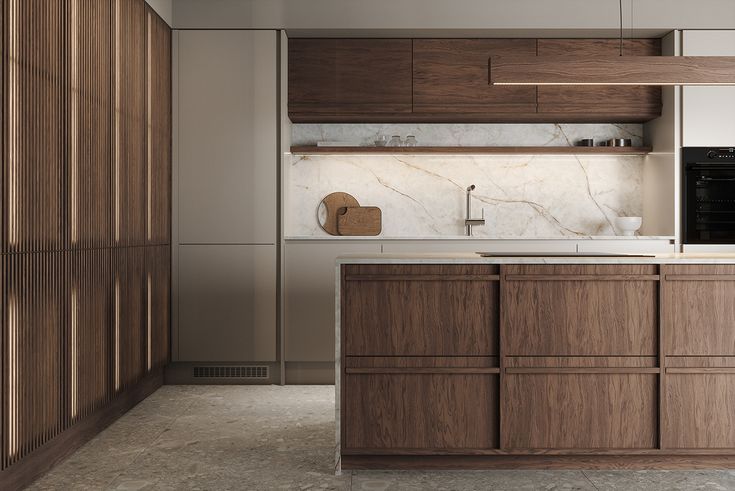When it comes to home renovation, the significance of woodwork cannot be overstated. From kitchens and vanities to decorative items and furniture, wood plays a pivotal role in enhancing the aesthetics and functionality of your living space. However, many homeowners often overlook the crucial aspect of material selection, leading to issues like termite infestations and water damage. In this guide, we will explore the various types of plywood and boards available, helping you make informed decisions for your woodwork needs.
Understanding Different Types of Plywood
Plywood is categorised into three main grades:
- BWP (Boiling Water Proof) Plywood: This is the highest grade of plywood, completely waterproof and resistant to termites. It boasts excellent screw-holding capacity, making it ideal for areas exposed to moisture.
- BWR (Boiling Water Resistant) Plywood: While not entirely waterproof, BWR plywood can withstand water exposure to some extent. It is also resistant to termites, making it a suitable option for kitchen cabinets and other wooden structures.
- MR (Moisture Resistant) Plywood: This is the most basic grade of plywood and lacks both waterproof and termite-resistant properties. While its screw-holding capacity is decent, it is not recommended for areas prone to moisture.
Exploring Different Types of Boards
In addition to plywood, there are various boards available:
- HDHMR Board (High-Density High Moisture Resistant): This board is moisture-resistant but not entirely waterproof. It is also resistant to termites, making it a reliable choice for kitchens and bathrooms.
- HDF (High-Density Fiberboard): Similar to MDF but denser, HDF offers good water resistance but is still not waterproof.
- MDF (Medium-Density Fiberboard): Known for its excellent finish, MDF is not resistant to moisture or termites, making it unsuitable for kitchens and bathrooms.
- Particle Board: The most basic and economical option, particle board is not water-resistant or termite-resistant, making it the least durable choice.
Recommendations for Specific Areas in Your Home
- Kitchen: For kitchens, opt for BWP or HDHMR plywood, as these options provide sufficient moisture resistance without breaking the bank. BWR can also be considered, but it may not offer the same level of durability.
- Wardrobes and Bedrooms: You can use MR-grade plywood, HDHMR, or MDF. MR-grade plywood provides adequate strength without unnecessary costs, while MDF can be used for decorative purposes if you are confident about moisture exposure.
- Bathrooms: Given the high moisture levels in bathrooms, it is crucial to use BWP plywood to prevent water damage and mold growth.
- TV Units and Study Tables: MR-grade plywood is recommended here, as these areas don’t experience direct moisture exposure but require sturdiness.
- Balconies: If your balcony is exposed to weather conditions, choose BWP plywood to avoid swelling and warping. For covered balconies, HDHMR or BWR may suffice.
- Wall Paneling: For small paneling projects, MDF can be used for its excellent finish. However, for larger spans, HDHMR is preferable due to its structural stability.
- False Ceilings: For CNC designs in false ceilings, always go for HDHMR boards to ensure durability and a good finish.
Final Thoughts
Selecting the right wood material for your home is essential to avoid future problems related to moisture and pests. By understanding the properties of different plywood and board options, you can make informed decisions that enhance the longevity and aesthetics of your woodwork. Remember, investing in quality materials today will save you from costly repairs down the line.

